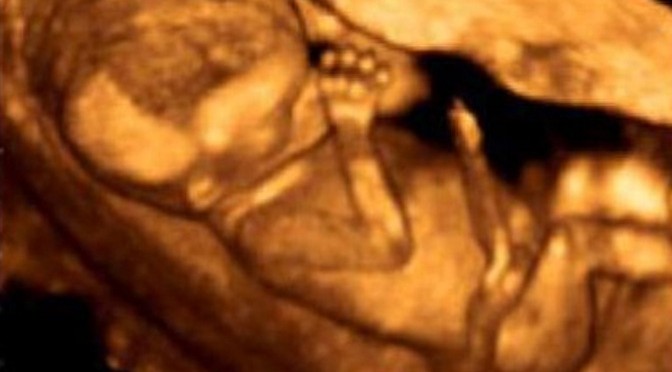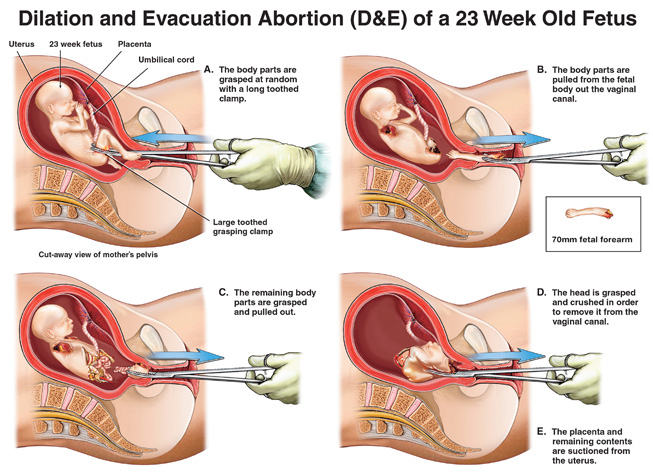
Abortionists describe impact of learning D&E abortions
However, some of these students become so uncomfortable with the gruesome nature of abortion procedures they change their career plans. Others do become abortionists, but retain some moral qualms about what they are doing. This happens particularly when students are exposed to the D&E, or dilation and evacuation, abortion procedure.
A D&E is performed by using forceps to pull apart the baby, piece by piece. Dr. Anthony Levatino describes the procedure in detail here:
Sometimes the baby is given an injection to stop his or her heart before the abortion begins, but often he or she is dismembered alive.
Dr. Rebecca Holmes was taught how to do D&E abortions, but stopped doing them after her training. She thought that women carrying disabled or sick babies should have the right to abort. But she wouldn’t do the abortions herself:
While she is still pro-abortion, she is aware that abortion destroys a “child.”I knew I wouldn’t. I just didn’t want to. I just did not enjoy pulling the fetus out… When someone did decide to go through with the abortion, I always respected that, like you’re saying, “Stop now and don’t cause this child any pain”… That part actually wasn’t the problem for me, it wasn’t the choice. It was more just the sadness that the mother would, you know, that the child couldn’t have a chance… And personally, I just didn’t want – I just felt like I’d done enough. I just did not want to do them anymore.

Another doctor, looking back on his abortion training, explained why learning late term D&E abortions was so hard for him:
The contrast between the valuable “wanted” babies and the disposable “unwanted” babies is vividly shown when doctors fight to save infants who are the same age as the infants they kill in another part of the hospital. The only difference between a baby doctors are struggling to save and a baby doctors are trying to kill is the opinion of the baby’s mother. If she believes her child’s life is valuable, it is. If she doesn’t, and wants her baby dead, the baby’s life is expendable and he can be legally killed. This strange situation leads to moral confusion. Abortionists have spoken about the irony of the situation elsewhere.I think when we did the second trimesters and learned D&Es and such, that’s always harder… In the same [time period] you’re doing rotations in [ premature obstetrics] where you’re… giving meds to these babies and trying to save them…
When a woman’s baby dies but is not passed, she may have to have the baby removed in a procedure like a D&E. One abortionist describes the emotional difference between aborting a living baby and completing a miscarriage, where the baby he is pulling apart is already dead.
Note that this doctor calls the preborn baby a “child” and a “life.” Even though he does abortions, he is aware that abortion is killing children. There is a long list of similar admissions by abortionists in a previous Live Action article here.If it’s [a miscarriage], you’re like [with a pained voice], “Oh, here’s this little life!” And you know that it was meant to be because, that’s what happened. And if it’s an abortion, you just feel sad that the woman wasn’t able to raise the child.
You can also read more about the emotional impact of abortion clinic workers and doctors here.
Source: Lori Freedman Willing and Unable: Doctors’ Constraints in Abortion Care (Nashville, Tennessee: Vanderbilt University Press, 2010) 46, 77, 80 – 81
Source: LiveAction News









No comments:
Post a Comment